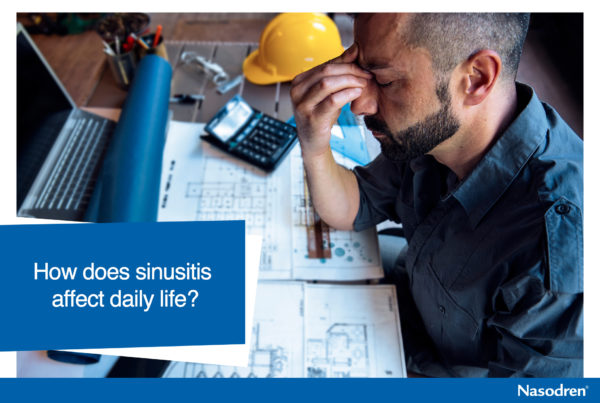Thorough understanding and correct implementation of the following principles of sinus surgery will enhance chances of success.
- Accurate diagnosis is the first step in a sinus surgery. Sinus pathology, imaging reports, endoscopic nasal studies and clinical history should be taken into account for the diagnosis prior to the surgery.
- Sinus surgery timing: The surgery should be recommended only if a traditional medical treatment fails. In fact, the medical treatment helps in reducing the problems and makes surgery easier.
- Appropriate planning enhances success rate of the surgery. However, unanticipated pathology may appear while surgery is being done.
- Integrated treatment of the sinus and nasal disorders in one-stage surgery is recommended. It reduces cost and eliminates chances of second round of surgery. The nasal cavity’s structural abnormalities like concha bullosa and septal perforations and deviations should be corrected during same surgical process if possible.
- Combined management of sinus disorders: Patient should be informed about medical treatments required before and after surgery well in advance. Because even medical community does not understand some sinus diseases completely and in some cases, post surgery therapy is required to control symptoms and reduce chances of reappearance of the disease.
- What the surgery can do? Sinus surgery does not provide solution for all types of sinus disorders. For instance, the surgery is not useful for the inflammatory sinus problems due to various factors involved. The factors include environmental pollution, genetic characteristics, systematic disorders and allergies. The surgery can help in correcting structural abnormalities of the sinus and nose and removing infected tissues, restoring ventilation and drainage.
- Complete knowledge of paranasal and nose anatomy is necessary. Surgeons need lots of practice to identify anatomical variations in these areas, as the variations are large.
- Minimize bleeding and correct visualization are two basic principles of the surgery. Endoscope and microscope, the optical instruments used for the surgery, help in visualizing the area to be operated. Local vasoconstriction reduces bleeding. Remove infected tissues carefully from the sinuses to minimize the trauma. Normal mucosa should not be touched.
- Ventilation and drainage in the operated sinuses should be restored to normal levels because the surgery may affect and interrupt the airflow. If drainage and ventilation are not restored, patient may have other complications, some of which could be dangerous.
- Until the patient is fully recovered, regular follow-up after the sinus surgery is necessary. Thick mucus, blood clots and crusts should be removed during endoscopic examination.








